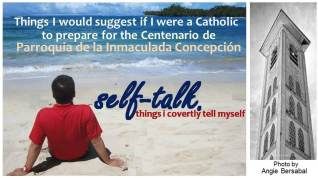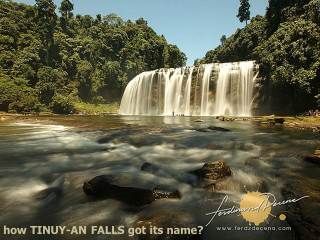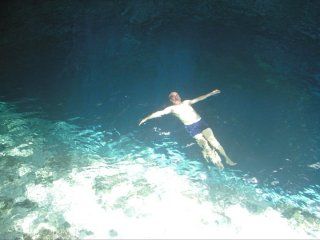
The Immaculate Conception Parish of Tago will turn 100 years in 2013. And I heard that the exact date of the centenary is still being debated on because there are Catholics who think the date does not fall, as popularly believed, on the Feast of the Immaculate Conception which is December 8. Whatever. The point is, a celebration as big as this needs a blueprint as early as now.
The first thing to determine is the theme of the centennial. This is crucial because it serves as a hinge that holds all activities together. And not to forget, the theme must come from the parishioners themselves. In short, no need Sotto-fying (copying, that is!) grandiose themes from Google because they might not capture the essence of the celebration as intended by Tagon-on Catholics.
Also, make the theme simple but meaningful. And the best way to conceptualize a theme is through consensus building---and not through a contest, heavens forbid!---in a process that facilitates refinement. In short, it doesn’t have to be crafted in one sitting.
It is important to have the theme this early to use as promotional tool. With it, one can already print collaterals (pins, shirts, fans, etc.) to drumbeat the activity and create awareness long before the big event. In fact the parish can even earn money while promoting the activity by selling these items this coming fiesta.
For sure suggestions will come from all corners, it’s the parish’s
cien anos after all. But lessons have been learned that more activities do not automatically translate to a more festive and meaningful celebration. Badly handled, they could even deny the celebration the focus it deserves. What I’m saying is: all suggested activities must be evaluated and approved in terms of how they contribute to the theme. If they don’t, then drop them no matter how high profile the activities are. Or even if they already have sponsors. Only after the activities shall have been identified will the working committees be composed. The committee size must be small, handling small concerns. This way, there’s no reason for committees not to do their tasks well.
An executive committee (ExCom) composed of committee chairs must also be constituted. In the remaining 100 days to the centennial, the ExCom must meet every Sunday after mass to discuss progress and problems. The next Sunday, chairs must give updates on the problems they shared the week before. This way, the ExCom can track progress and act on problems that are beyond the control of concerned committee chair to solve. The ExCom must also identify milestones, which is actually establishing timelines within which certain major targets must be accomplished.
Solicitations must capitalize on the number “100”. In the carro for example, ten Catholics may donate 100 pieces each of anthurium; another 10 for 100 pieces each of chrysanthemum; another ten for-----you get the point.
Because hymns are integral to religious celebrations, a choir composed of----yeah, you’re right----100 men, 100 women, and 100 children will occupy the loft above the main door. Nothing short of a symphony! A maestro must be engaged months before the big event to give ample time to master the pieces.
The cathedral being the focal point of the centennial celebration must be spruced up. However, and this is important, all facelifting and refurbishing jobs must be finished three months before the big day. September 8, 2013 to be exact. You see, there’s no point for Catholics to cover their noses from the smell of fresh paint while hearing the concelebrated mass of 100 priests on December 8, 2013.
Centennials are the most opportune time to educate people on their shared history and heritage. That said, a photo exhibit and other memorabilia must be mounted. To write the history of the parish one must do interviews and data gathering, and this should be done now. This history must form part of a souvenir program that could also be used for fund sourcing. Just make it a sort of a coffee table book to lend it class. If budget allows, a consultant may be hired.



